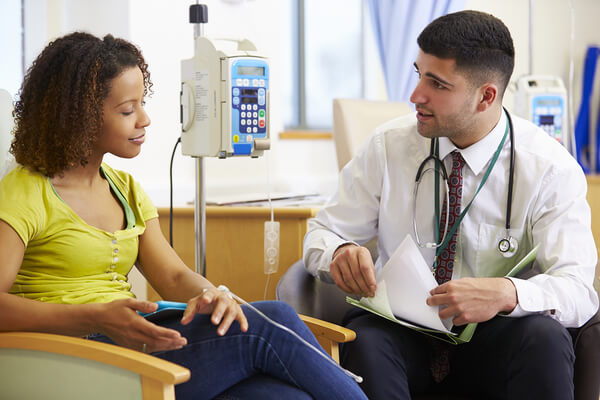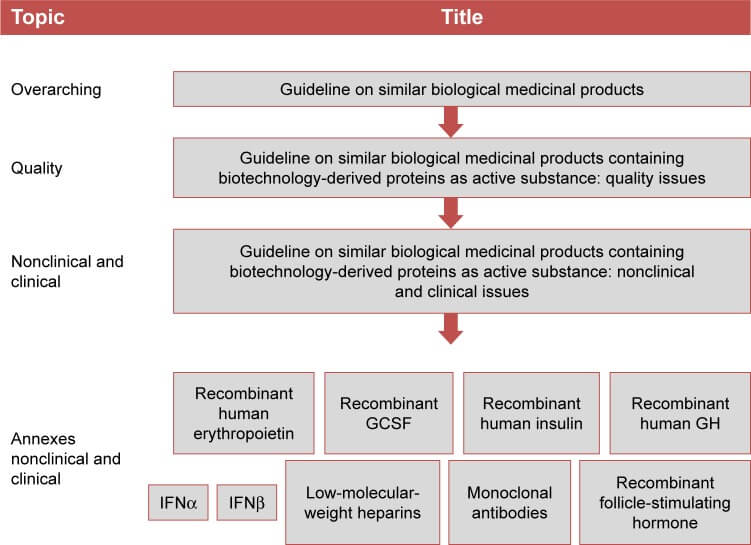The advent of biosimilars has significantly altered the dynamics of the generic drug industry in Europe. Biosimilars are biological products that are highly similar to reference biologics, offering a more affordable alternative for patients. This shift has led to increased competition, reduced prices, and improved patient access. In this article, we delve into the impact of biosimilars on the generic drug industry in Europe, exploring the competitive landscape, pricing strategies, and market trends.
Competitive Landscape
The entry of biosimilars has introduced a new level of competition in the European market. According to a study analyzing the impact of biosimilars on TNF-alpha inhibitors, the market entry of the first biosimilars resulted in a decrease in the volume-weighted average price (VWAP) per defined daily dose (DDD) by 13.6% and 0.9% on average for infliximab and adalimumab, respectively. The second biosimilars generated a further decrease by 26.4% and 27.3%, respectively. This price reduction demonstrates the competitive pressure biosimilars exert on originator companies.
Pricing Strategies
Originator companies have employed various pricing strategies to counter the competition from biosimilars. These strategies include competitive pricing, discounts, and rebates. For instance, a study on the impact of biosimilar competition in Europe found that originator companies have implemented significant price reductions to maintain market share. This pricing pressure has led to a decrease in the overall cost of biologics, making them more accessible to patients.
Market Trends
The biosimilar market in Europe has experienced significant growth, with biologics representing 35% of medicine spending at list prices and growing at a compound annual growth rate (CAGR) of 11.3% over the past five years. This growth is driven by the increasing demand for biologics and the expanding presence of biosimilars. A report by IQVIA highlights that biosimilars have reached €8.4 billion, representing 9% of the total biologics market in 2020, with a dramatic year-on-year growth of 60%.
Country-Specific Dynamics
The impact of biosimilars varies across European countries due to differences in regulatory landscapes, awareness, incentives, pricing rules, and purchasing mechanisms. For example, Denmark is considered one of the best-in-class markets for savings and increasing access, while Romania is categorized as an immature market for biosimilars with areas for policy improvement. Understanding these country-specific dynamics is crucial for developing effective policies to support the potential of biosimilar competition.
Expert Insights
“The entry of biosimilars has introduced a new level of competition in the European market, leading to reduced prices and improved patient access.”
– Fiona M. Scott Morton, Ariel Dora Stern, and Scott Stern
“Effective buyer institutions are associated with increased biosimilar penetration.”
– Fiona M. Scott Morton, Ariel Dora Stern, and Scott Stern
Conclusion
The impact of biosimilars on the generic drug industry in Europe has been significant, with increased competition, reduced prices, and improved patient access. Understanding the competitive landscape, pricing strategies, and market trends is crucial for developing policies that support the potential of biosimilar competition. As the biosimilar market continues to evolve, it is essential to monitor these dynamics to ensure that patients across Europe have access to affordable and effective treatments.
References:
- Biosimilar competition in European markets of TNF-alpha inhibitors. (2023). Retrieved from https://www.ncbi.nlm.nih.gov/pmc/articles/PMC10160635/
- The Impact of the Entry of Biosimilars: Evidence from Europe. (n.d.). Retrieved from https://dash.harvard.edu/bitstream/1/41292244/1/scottmorton,stern,stern_biosimilars_WP.pdf
- The Impact of Biosimilar Competition in Europe 2022. (2022). Retrieved from https://www.iqvia.com/library/white-papers/the-impact-of-biosimilar-competition-in-europe-2022
- The Impact of the Entry of Biosimilars: Evidence from Europe. (2018). Retrieved from https://www.hbs.edu/faculty/Pages/item.aspx?num=54886
- The Impact of Biosimilar Competition in Europe. (2020). Retrieved from https://health.ec.europa.eu/system/files/2021-01/biosimilar_competition_en_0.pdf
























